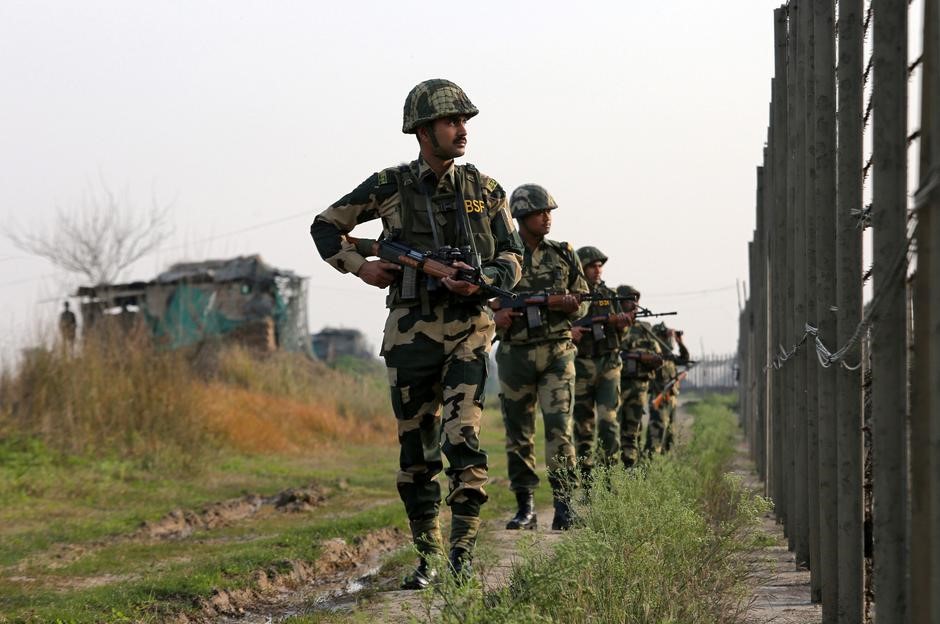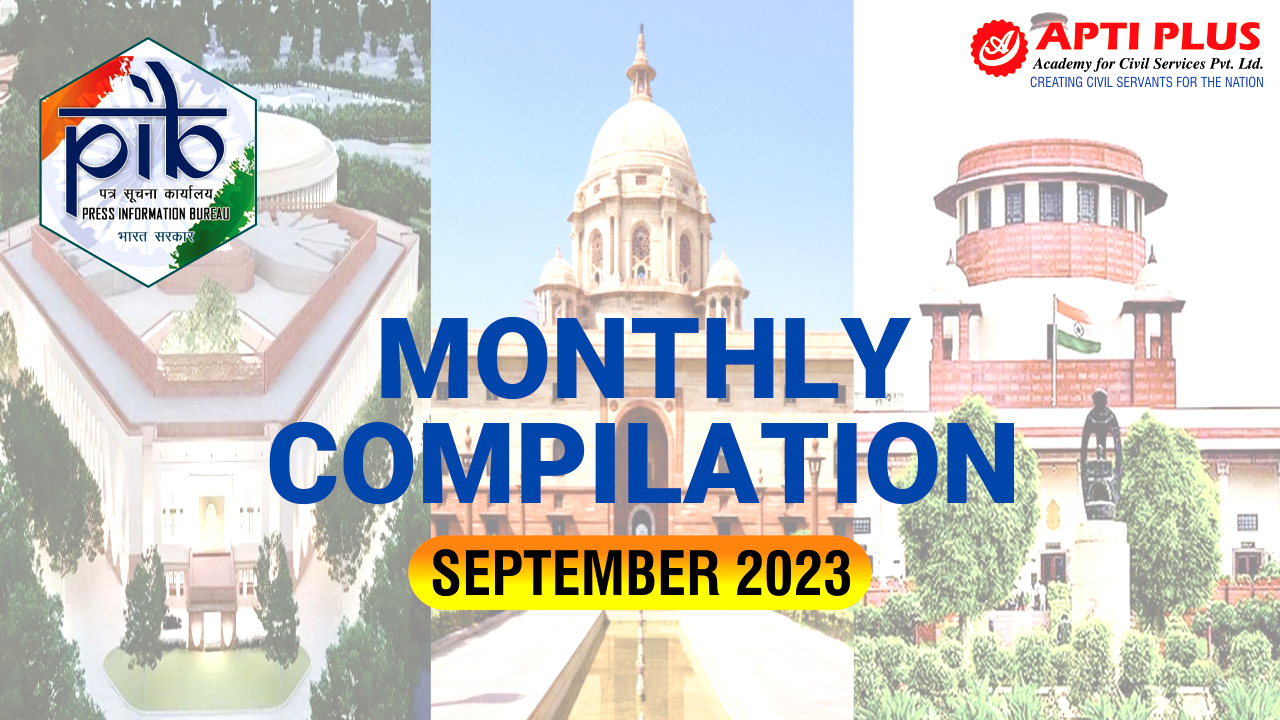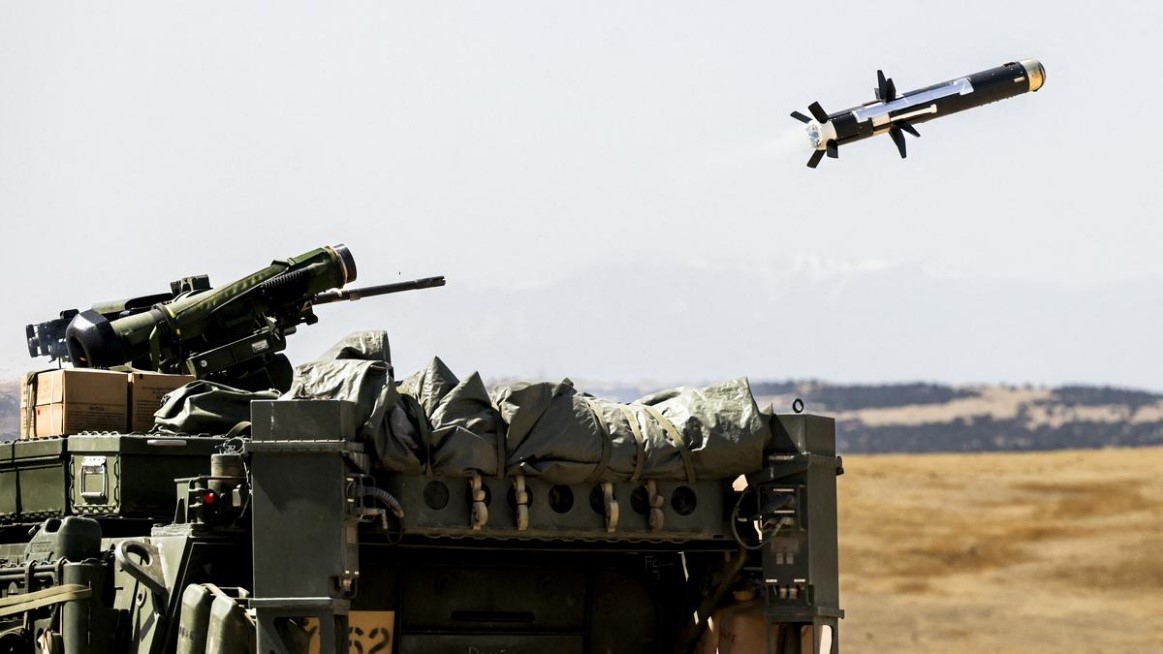Description

Disclaimer: Copyright infringement not intended.
Context
- A long wait is said to be coming to an end as the National Security Council Secretariat (NSCS) sets about drafting India’s first written National Security Strategy.
- India has never had such a document — and the debate on whether one is needed is of fairly recent origin, spanning the last two decades or so.
Details
Key Components and Significance
- Defining National Security Objectives: The National Security Strategy aims to outline India's security objectives, addressing both traditional and non-traditional threats while emphasizing the coordination and accountability of agencies involved in implementing security measures.
- Broader Security Framework: The strategy encompasses various dimensions of security, including military, economic, diplomatic, environmental, and human security, recognizing the interconnected nature of modern security challenges and the need for a holistic approach.
Global Perspectives and Examples
- Global Precedents: Many developed countries, including the US, the UK, Russia, and China, have established National Security Strategies, underscoring the normative significance of such comprehensive security frameworks in the contemporary geopolitical landscape.
- Comparative Analysis: Examining the national security strategies of other countries allows for a comprehensive understanding of best practices and strategic responses to evolving security threats, offering valuable insights for India's own strategic formulation.
.jpg)
Necessity and Challenges
- Military and Defense Reforms: The formulation of a National Security Strategy is expected to provide a coherent direction for major military reforms and defense strategies, ensuring a synchronized and integrated approach to addressing security challenges.
- Incorporating All Dimensions of Security: The strategy's comprehensive nature demands wide-ranging consultations and iterative processes, considering the multifaceted nature of security concerns and the diverse interconnections between various security domains.
Roadmap for Implementation
- Consultative Approach: The formulation of the National Security Strategy necessitates a consultative and inclusive approach, involving multiple stakeholders and government agencies to ensure a comprehensive and well-informed strategy.
- Flexible and Dynamic Framework: Recognizing the evolving nature of security challenges, the strategy needs to remain adaptable and subject to periodic revisions, enabling timely adjustments in response to emerging geopolitical dynamics and security threats.
Vision for India's Security Doctrine and Strategy
- Harmonizing Doctrinal Frameworks: The development of the National Security Strategy should align with India's existing security doctrines, guiding the formulation of lower-level doctrines and strategies to ensure coherence and consistency in the country's security approach.
- Cohesive Implementation and Adaptation: Establishing a clear and cohesive implementation plan for the National Security Strategy would be crucial, necessitating continuous evaluations and adjustments to effectively address emerging security challenges and changing geopolitical scenarios.
National Security Council (NSC) of India
- Established by former Prime Minister Atal Bihari Vajpayee on 19 November 1998, the NSC is a critical executive government agency.
- It is tasked with advising the Prime Minister's Office on matters of national security and strategic interest.
- Under the leadership of the National Security Advisor (NSA), the NSC functions through a well-organized structure and various committees that contribute to the country's security management system.
Members of the NSC:
- National Security Advisor (NSA)
- Chief of Defence Staff (CDS)
- Deputy National Security Advisors
- Ministers of Defense, External Affairs, Home, and Finance of the Government of India
- Vice Chairman of the NITI Aayog
Organizational Structure:
The NSC operates through the National Security Council Secretariat, which is organized into four verticals:
- Strategic Planning
- Internal Affairs
- Intelligence and Technology
- Military Vertical
The three tiers of the National Security Council include:
- Strategic Policy Group: Chaired by the National Security Advisor, this group consists of high-ranking officials from NITI Aayog, the armed forces, and government ministries.
- National Security Advisory Board: Comprising eminent experts from various fields, this board offers valuable long-term analyses and recommendations for addressing key policy issues.
- Joint Intelligence Committee (JIC): The JIC, operating under the Cabinet Secretariat, is responsible for analyzing intelligence data from multiple agencies, both domestic and foreign.

Cyber Security:
- The NSC also focuses on cybersecurity, with the Office of National Cyber Security Coordinator taking the lead in formulating the National Cyber Security Strategy.
- Additionally, measures have been implemented to protect critical information infrastructure and telecommunication networks from cyber threats and attacks.
Conclusion
India's endeavor to draft the National Security Strategy requires careful consideration, emphasizing the importance of methodical planning and rigorous consultations to ensure a well-structured and adaptable strategic framework. While there is no fixed timeline for its completion, a systematic and deliberate approach in formulating the strategy is essential to its effectiveness and long-term success.
|
PRACTICE QUESTION
Q. Discuss the significance and implications of India's initiative to develop its first National Security Strategy (NSS). Analyze the key components expected to be included in the strategy, considering the multifaceted nature of contemporary security challenges. Assess the potential impact of the NSS on India's defense reforms, regional stability, and global security dynamics. (250 Words)
|
















